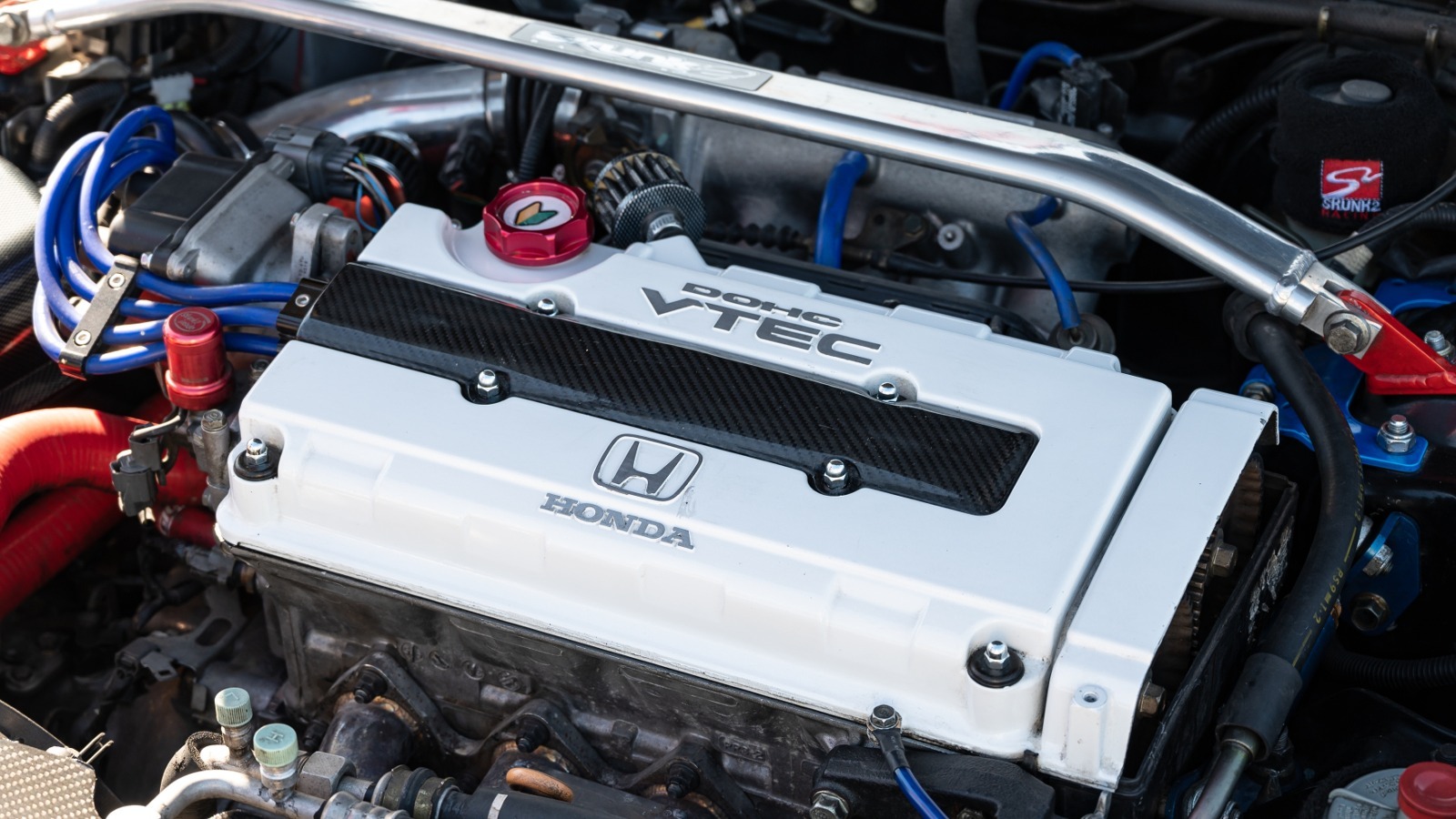Before we dive deeper into the differences between SOHC and DOHC engines, it might be helpful to explain how camshafts and valves work in car motors.
Internal combustion engines derive their power from small, contained explosions. Those explosions propel the pistons up and down inside the motor. The pistons, in turn, transfer that power to the crankshaft, which then drives various other components, including the timing chain or belt and the transmission. As the timing chain spins, it turns one or more camshafts. The camshafts are responsible for opening and closing the exhaust and intake valves. The intake valves allow air to enter the combustion chambers, facilitating the explosions of mixed gasoline and oxygen. The exhaust valves allow the waste from those explosions to leave the engine through the exhaust system.
Both the intake and exhaust valves must be timed properly for the engine to work. They’re able to open and close at the proper times thanks to the way the camshaft(s), crankshaft, and timing chain work together. Every piece of this system has its role, and if one component fails, the entire system will fall out of balance. The crankshaft gets its power from the pistons’ movement, and as it spins, it turns the timing chain. The timing chain connects to both the crankshaft and the camshaft(s), syncing their movement and allowing the valves to open and close at the correct moments. The valves’ opening and closing allows the process to start all over again, as more oxygen enters the combustion chambers, facilitating the explosions that propel the pistons forward and spin the crankshaft.







